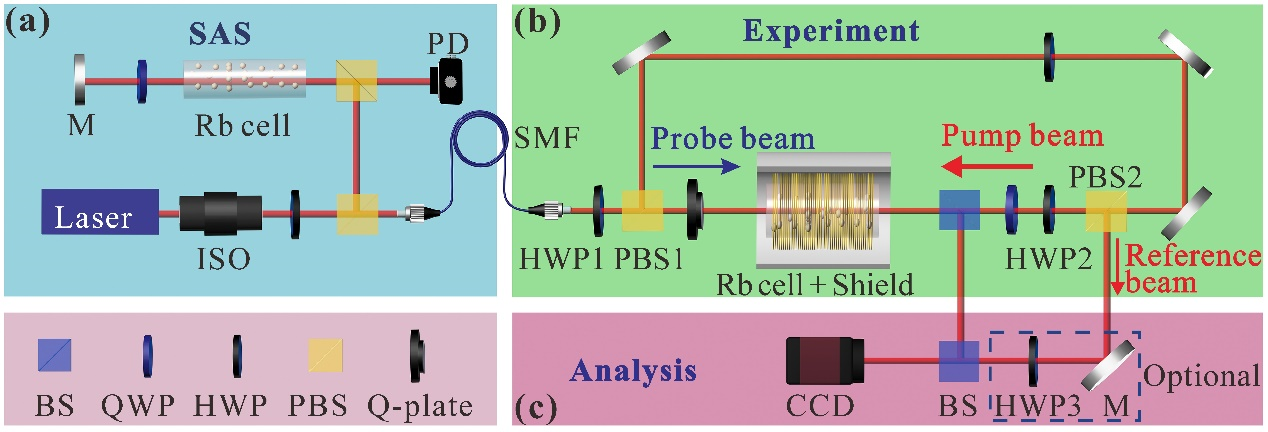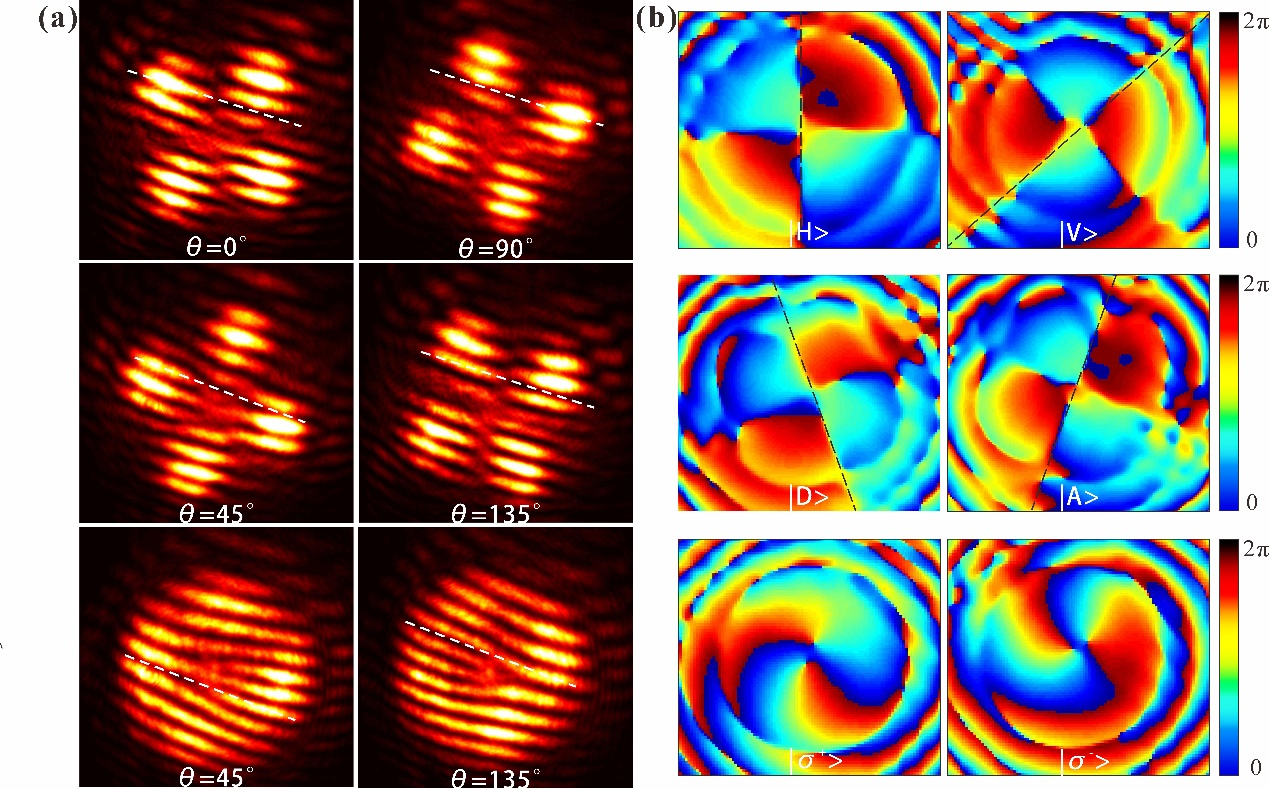A research team, led by Prof. ZHANG Shougang , CAO Mingtao and DONG Ruifang from the National Time Service Center (NTSC) of the Chinese Academy of Sciences (CAS), recently realized the spatial mode extractor for vector beams based on the polarization-dependent absorption (PDA) effect.
The related research article was published in Chinese Physics B and selected as the current Rapid Communication article.
The researchers proposed a scheme to effectively extract the basic spatial modes from vector beams based on the PDA technology, and the topological states of the extracted modes are well preserved.
"The magic point of this scheme is the non-destructive effect during the state projection process, which can make the high dimension states an recycle quantum resource in atomic ensemble, ” said the reviewer.
The non-destructive spatial mode extraction of vector beams has great potential applications in optics communication, and is also of great significance for high-dimensional quantum information based on atomic ensembles. At present, this mode extraction and identification technology for the high-dimensional quantum source has been successfully applied to the experimental research of high-dimensional quantum entanglement networks, which may provide effective technical support for quantum communication and quantum metrology based on high-dimensional quantum coding.

Fig. 1. Experimental setup.

Fig. 2. (a) The interference pattern. (b) the phase reconfiguration of basis modes of vector beam by rotating the HWP with various θ.
CONTACT:
XIONG Tiantian
National Time Service Center, Chinese Academy of Sciences
gjhz@ntsc.ac.cn
 Print
Print